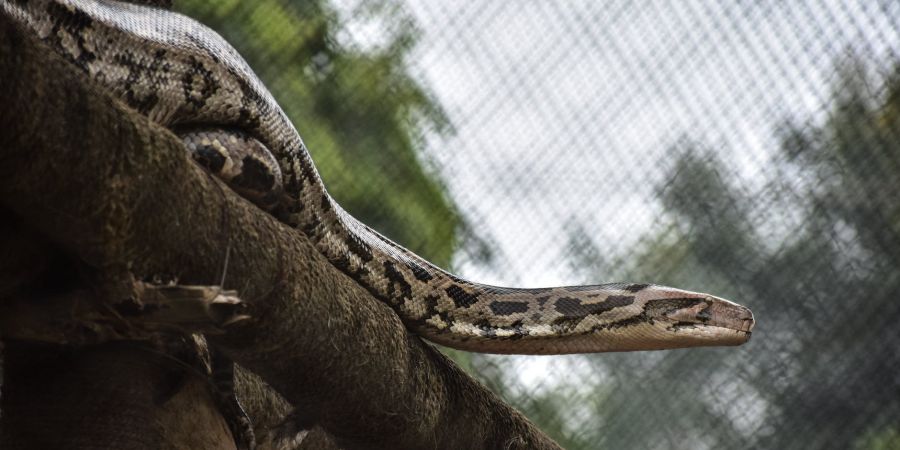

Hello everyone! In this blog is about snake..
True snakes (Serpentes):
The true snakes are divided into two groups based upon their diet; those that eat small creatures and those that eat fruits (including birds). True snakes have no venom glands and therefore rely completely on constriction to kill their prey. Their heads have flat scales behind the nostrils, not spines. Many species swallow seeds whole without extracting them first.
Colubrid snakes (Colubroidea):
The colubrid snakes are a diverse group of venomous, non-venomous, or both venomous and non-venomous snakes, many species of which have toxic bites. They range in size from tiny pythons to huge boas, colubrids are found worldwide. Most colubrid snakes are quite harmless to people if they are handled correctly, and even some commonly kept pet snakes fall under this category. Many colubrid snakes have mild venom, often causing only local effects such as painful swelling at the site where bitten. In some regions, however, colubrid snakes may cause serious illness or death due to their potent toxins.
Pit vipers (Viperidae):
Pit vipers are characterized by a triangular head, short snout, fangs at the front of the mouth, and pit located between the eyes and nostril. Pit vipers are found throughout Africa, Asia, and Australia. Almost all have strong venoms containing neurotoxins. These snakes have hollow fang tips filled with venom. Their bite is deadly.
Crotalinae:
Crotalinae consists of small desert lizards and geckos. They are native to North America and Central America. They do not possess any venom glands; rather, they inject their prey with venom by means of a modified toothbrush called a lamellate tongue. Crotalinae includes such well-known reptiles as sidewinders, gila monsters, and Mexican beaded lizards.
Elapidae:
Elapidae comprise nearly half of the world's venomous snakes. They are found in tropical climates around the globe. Their venom is less powerful than that of cobras and vipers. Commonly known elapid snakes include coral snakes, green mambas, Russell's vipers, kraits, coral snakes, sea snakes, and coastal taipans.
Pythonidae:
Pythonid snakes are among the few venomous snakes that occur outside of Africa and Asia. Pythons are found in the tropics and subtropics worldwide. Their diet varies greatly. Generally, they feed on fish, frogs, mammals, birds, lizards, and rodents. Pythons are able to live for long periods of time underground as adults. One of the largest species, the reticulated python, can reach lengths of 70 feet and weights exceeding 2,000 pounds.
Facts :
Snake venom contains neurotoxins (poisons),enzymes (proteases), and vasoconstrictors (haemorrhagic).
Venom may contain dozens, if not hundreds, of different types of toxins.
Most snake venom is injected via a bite wound on the skin.
Venom injections travel through nerves, blood vessels, lymphatic system, organs and finally reach the bloodstream.
Venoms cause local reactions at the site of injection, including muscle spasms and inflammation.
These local effects may continue for hours, days or weeks after envenomation.
Snake bites can affect internal organs and lead to death if untreated.
When bitten, snakes inject their venom into the victim's body.
The amount of venom injected varies among different species of snakes and even between individuals of the same species.
A small amount of venom is enough to kill a human being.
In some cases, the amount of venom injected is sufficient to paralyze, stun, or knock out the victim.
The severity of symptoms will depend on how much venom was injected.
If only a few milligrams of venom are injected, victims may experience little or no reaction.
If many milligrams of venom have been injected, victims may die due to respiratory failure, heart failure, paralysis, hemorrhaging, kidney failure, liver failure, or nervous system damage.
Thank you..
Please follow me and gives ❤️


